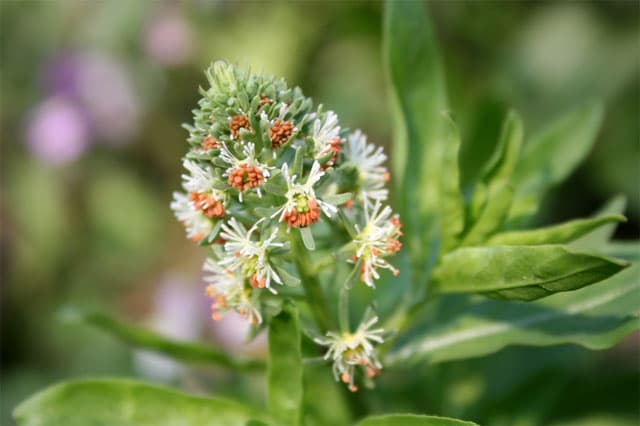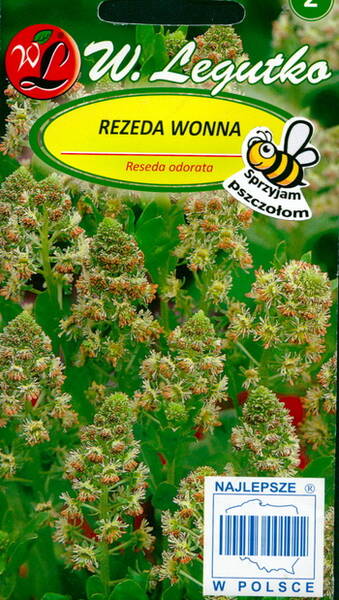A popular plant with a fresh, delicate and clear aroma for romantic people and refined natures.
An annual plant 40 cm high. An improved large-flowered garden variety, grown for its wonderful smell, which is also called the aroma of ambrosia.
The bushy-compact variety attracts not only its aroma, but also its bright inflorescences. Planted in groups. Suitable for planting in boxes and pots.
Small and graceful flowers will decorate balconies and borders, perfectly complement summer bouquets, combining well with other flowers. Their light and discreetly seductive scent cannot be confused with any other. Abundant flowering with proper care continues until autumn.
Our great-grandmothers' favorite flower!
Growing conditions.
It is grown through seedlings or by sowing seeds in the ground in May. The seeding depth is 0.5-1.0 cm. At a temperature of +18°C, seedlings appear in 10-15 days. Planting in a permanent place with a lump of earth.
The culture is cold-resistant, tolerates short-term frosts, prefers a sunny place with fertile, well-drained soils. Requires regular and abundant watering, responds well to fertilizing with organic and mineral fertilizers.
It is recommended to remove fading shoots.

Garden mignonette, Sweet mignonette, Common mignonette.
Some varieties, even those that we often consider the new products, have a long history and for many decades either were cultivated under different names, or were stored in the collections of genetic material.
In different countries there are individuals and institutions that carefully preserve the gene pool and history, ensuring the availability of genetic diversity for future generations, make the original forms are available for different breeding. The series of "Garden traditions» include just such a variety. Original old names we took from the directory 1898 and 1903, as well as fundamental work «Russian garden, nursery and fruit garden» R. I. Schroeder (1881).
Try precisely those variety that our great-grandfathers loved!
A popular plant with a fresh, delicate and clear aroma for romantic and sophisticated people. Small and graceful flowers will decorate balconies and borders, perfectly complement summer bouquets, combining well with other flowers. Their light and restrained seductive scent cannot be confused with any other. Abundant flowering, with proper care, continues until autumn.
* The seeds of some perennials and annuals can be successfully sown directly into the ground in late autumn (before winter). The sowing time must be calculated so that they do not have time to germinate before the onset of stable frosts. To do this, prepare the soil in advance (in September - early October), level it and mark it. Sowing is carried out with the onset of stable frosts. Crops are covered with humus, peat or a mixture of peat and sand.
Of the perennials for winter sowing, the following crops can be recommended: Babysbreath gypsophila, Columbine Meadow Rue, Anemone, Culverwort, Lupine, Catchfly, Button snakeroot, many types of bells, Globe flower.
Before winter, the following annuals are sown: Satinflower, African Daisy, Rocket Larkspur, Сalendula, Сosmos, Rose Mallow, Sweet alyssum, Field poppy, Nigella, Mignonette, Drummond phlox. For the listed annuals, winter sowing has advantages over spring sowing. Seedlings appear in early spring, when the soil is not yet very hot and retains a sufficient amount of moisture. In spring, when there is a lot of other work, the optimal sowing time can be missed. And then the seeds will germinate in the warmed up and dry soil, which will affect the quality of annuals: many of them will be stunted, they will bloom weakly.












